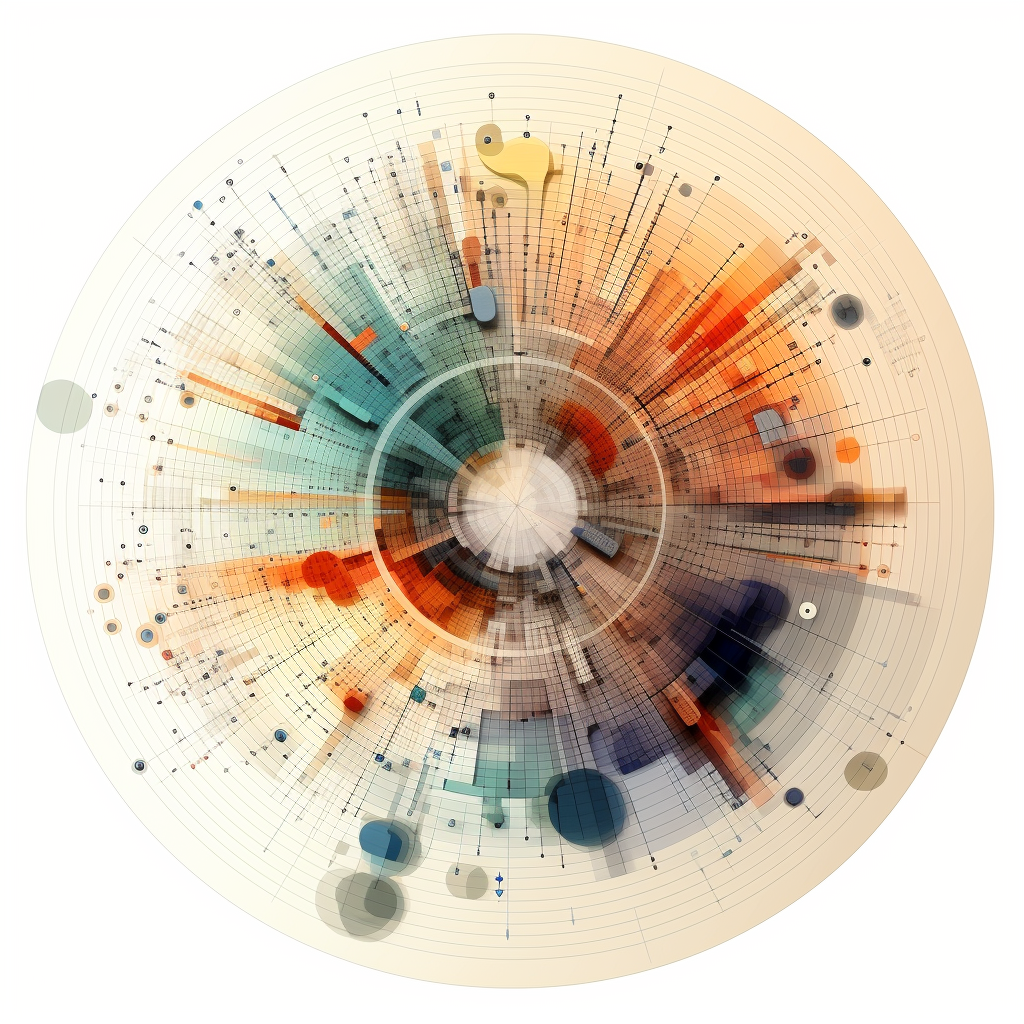In the ever-evolving landscape of machine learning and artificial intelligence, convolutional neural networks (CNNs) stand as a cornerstone, revolutionizing the way we process and understand visual data, including images and videos. Central to the success of CNNs is the concept of convolution, a mathematical operation that serves as the backbone of these networks. In this article, we embark on a journey to demystify convolution in CNNs, exploring its intuition, the craft of filters, and the calculation of feature maps. Let’s dive in!
Intuition of Convolution in CNN
CNNs are tailored for tasks involving image data, spanning the spectrum from image recognition to medical image analysis. At their core, CNNs utilize convolution as a fundamental operation. In simple terms, convolution in a CNN entails applying a filter (often referred to as a kernel) to an input image. This process results in an activation, and as this filter is systematically applied across the entire image, a map of activations, known as a feature map, emerges. This map provides information on the location and strength of detected features within the input image.
Fig1: Convolution operation
One crucial parameter in this process is “strides,” which defines how the filter moves across the image. A stride value of 1, the default, means the filter takes one step at a time. Typically, the filter size is smaller than the input data, and the multiplication between the filter and a corresponding sample of the input data is a dot product, yielding a single value. The choice of a smaller filter size allows the same set of filter weights to be applied to various parts of the image, systematically moving from left to right and top to bottom.
Fig2: One layer of CNN
The iterative application of the same filter across the entire image serves the purpose of detecting specific features within the input data. The output from the dot product of the filter and the input image at each step is a single scalar value. Subsequently, these values are assembled into a two-dimensional output array, forming the feature map. This feature map often undergoes non-linear transformations like Rectified Linear Unit (ReLU) activation.
Crafting Filters for CNNs
In the early days of CNNs, filters were painstakingly designed by computer vision experts. These filters, which come in various shapes and sizes, play a pivotal role in feature extraction. Let’s take a closer look at a few examples, particularly 3 x 3 filters:
Horizontal Line Detector:
array([[[0., 0., 0.], [1., 1., 1.], [0., 0., 0.]]])
Vertical Line Detector:
array([[[0., 1., 0.], [0., 1., 0.], [0., 1., 0.]]])
When these filters are applied to an image, they selectively capture horizontal and vertical lines, effectively creating a feature map. What’s intriguing is that, in modern CNNs, the network itself learns these filters during training. If you set the filter size to 30, for instance, the network will learn 30 different ways to identify features within the input image.
Moreover, when dealing with multi-channel input images, filters must have the same number of channels as the input images. This intricate interplay between filters and input data underpins the power of CNNs in feature extraction.
Calculating Feature Maps from 1D and 2D Data (Continued)
In our exploration of convolution operations, we’ve seen how data is prepared and how filters are applied to generate feature maps. Let’s continue this journey to further solidify our understanding.
For 1D data, we’ve shaped it to match the Conv1D layer’s expectations—specifically, the input shape is set to (1, 6), and the filter size is 2. After explicitly setting filter weights, we applied the data and obtained a feature map that showcases the convolution process.
Now, let’s delve into 2D data. We’ve defined a model with a Conv2D layer, configured to accept data with an input shape of (6, 6, 1). The filter, with dimensions (3, 3), is designed to capture features from this 2D input. To maintain the output shape’s consistency with the input data, we’ve used “same” padding.
Here’s a snippet of code for the 2D convolution operation:
model2 = Sequential() model2.add(Conv2D(1, kernel_size=(3, 3), input_shape=(6, 6, 1), padding='same')) # Setting filter weights explicitly detectors = [[[[1], [0], [0]], [[1], [0], [0]], [[0], [0], [2]]]] weights = [np.array(detectors), np.array([0.0])] model2.set_weights(weights) model2.predict(data_2D)
The output from this operation will provide us with insights into how the filter detects features in the 2D input data.
Conclusion
In this article, we’ve embarked on a journey to unravel the complexities of convolution in Convolutional Neural Networks. We started by gaining insight into the intuition behind convolution, exploring its role in CNNs designed for image-related tasks. We saw how filters, once painstakingly crafted, are now learned by the network during training, enabling them to identify a diverse array of features within images.
Furthermore, we delved into the technical aspects of convolution, examining the influence of filter sizes and strides on the resulting feature map. We also showcased the adaptability of convolution to both 1D and 2D data, highlighting its versatility in processing various data types.
As you venture into the world of deep learning and CNNs, a solid grasp of convolution is a fundamental step. It’s the key that unlocks the potential to build models capable of tasks ranging from image recognition to natural language processing.
So, next time you encounter a convolutional neural network at work, remember that beneath the surface, it’s the elegant dance of convolution that’s making sense of the visual world, one filter at a time.








Leave a Reply